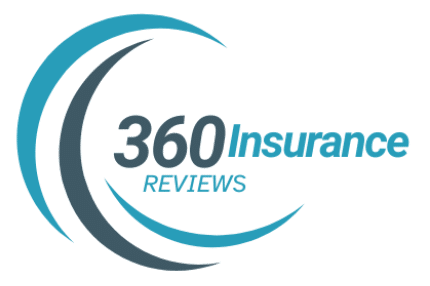If you’re in the process of buying a home, you’ve probably come across the terms “homeowners insurance” and “hazard insurance.” They may sound like two separate policies, but here’s the kicker—hazard insurance is actually part of your homeowners insurance policy. Confused? Don’t worry; you’re not alone. Let’s break it down and make sense of what each one covers, why your mortgage lender keeps mentioning them, and what you really need to protect your home.
Is Homeowners Insurance the Same as Hazard Insurance?
The short answer: No. But they’re closely related.
Hazard insurance is one specific component of your homeowners insurance policy, covering damages to the physical structure of your home caused by various perils like fires, storms, and vandalism. Think of it as the backbone of your home’s financial safety net.
Meanwhile, a standard homeowners insurance policy provides broader protection. In addition to hazard insurance, it includes:
- Personal property coverage (for your belongings inside the home)
- Liability protection (if someone sues you after getting injured on your property)
- Loss of use coverage (if you need temporary housing due to home damage)
- Medical payments coverage (if someone gets hurt at your place and needs medical care)
So, while all homeowners insurance policies include hazard insurance, hazard insurance alone doesn’t cover everything your full policy does.
What Does Hazard Insurance Cover?
Hazard insurance (a.k.a. dwelling coverage) protects the structure of your home from certain risks, known as “perils.” These typically include:
✅ Fire and lightning
✅ Wind and hailstorms
✅ Explosions
✅ Smoke damage
✅ Theft and vandalism
✅ Damage from vehicles and aircraft
✅ Weight of snow, ice, or sleet
✅ Accidental water damage from household appliances
However, not all disasters make the cut. Some hazards require separate policies.
What Hazard Insurance Doesn’t Cover
Despite its broad coverage, hazard insurance excludes damage from:
🚫 Earthquakes (you’ll need separate earthquake insurance)
🚫 Floods (a flood insurance policy is required for that)
🚫 Sinkholes
🚫 Normal wear and tear
🚫 Mold and pest infestations
🚫 Intentional damage
🚫 Government actions (such as property seizure)
If you live in a high-risk area, your mortgage lender may require additional policies for things like flood or hurricane damage. For example, FEMA’s National Flood Insurance Program provides coverage for homes in flood-prone zones.
Do You Need Hazard Insurance?
If you have a mortgage, the answer is almost always yes. Lenders want to protect their investment, so they require you to carry hazard insurance as part of your homeowners policy.
Even if you own your home outright, having hazard insurance is a smart move—because without it, rebuilding after a fire or storm would come entirely out of your pocket.
Named Perils vs. Open Perils: What Type of Hazard Insurance Do You Have?
When it comes to hazard insurance, policies typically fall into two categories:
- Named Perils Policy: Covers only the specific risks listed in the policy. If a peril isn’t named, it’s not covered.
- Open Perils Policy: Covers everything except specific exclusions listed in the policy. This type provides broader protection but costs more.
Most homeowners have an HO-3 policy, which offers open perils coverage for your home structure but named perils coverage for your personal belongings.
How Much Does Homeowners Insurance Cost?
The cost of homeowners insurance varies based on location, home value, and risk factors. On average, a policy with $300,000 in dwelling coverage costs around $2,285 per year, according to data from Quadrant Information Services.
To save on your premiums: ✔️ Compare quotes from multiple providers
✔️ Bundle home and auto insurance
✔️ Increase your deductible (just make sure you can afford it)
✔️ Install security features for discounts
For the best rates, use a tool like Insurance Information Institute’s guide to find discounts you might qualify for.
Key Takeaway
Hazard insurance is a critical part of your homeowners insurance policy, protecting the physical structure of your home from disasters like fire, storms, and theft. However, it does not cover personal belongings, liability, or certain exclusions like floods and earthquakes.
If you have a mortgage, you’re required to have hazard insurance—so be sure to understand what your policy covers and whether you need additional protection. Shopping around and comparing quotes can help you find the best coverage at the lowest price.
Bottom line: Don’t confuse hazard insurance with homeowners insurance—it’s only one piece of the puzzle!
